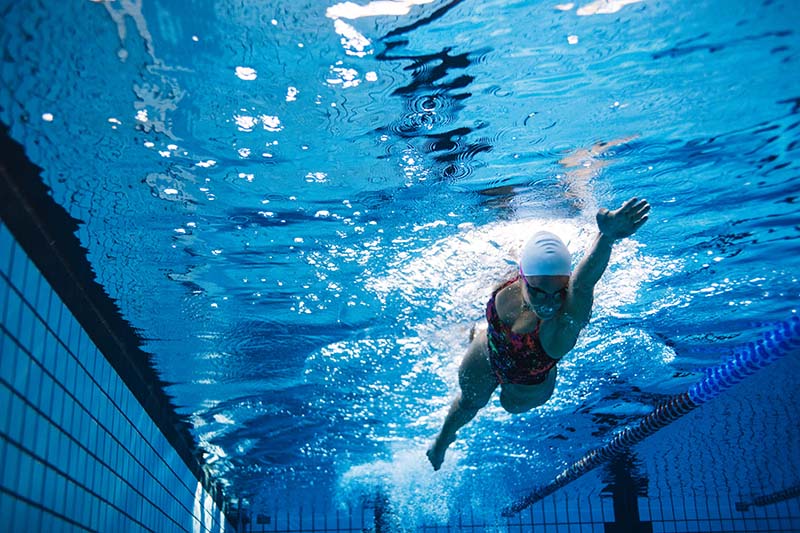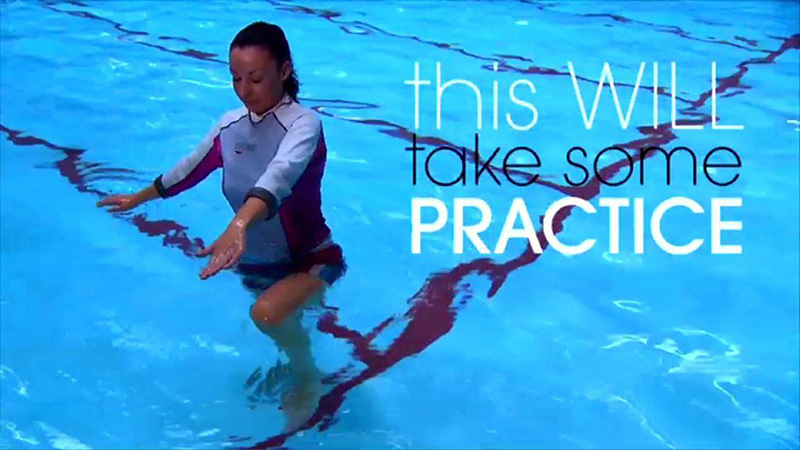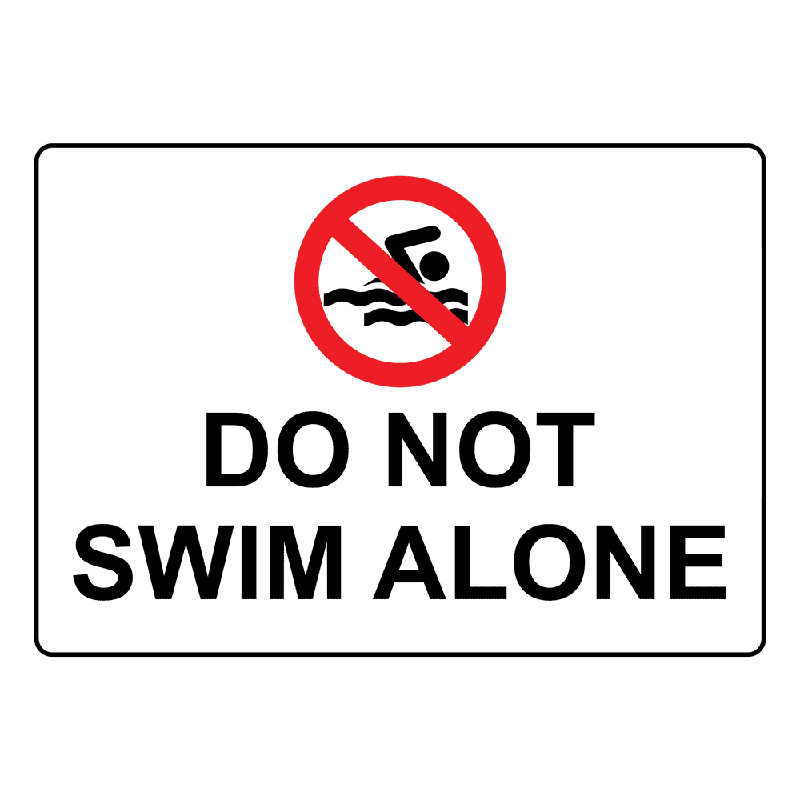Freestyle swimming is a fundamental stroke that is essential for beginners to learn. It is a versatile stroke that can be used for a variety of swimming activities, including recreational swimming, competitive swimming, and triathlons.
Swim time log will discuss the importance of freestyle technique and how effective swim drills can help beginners develop and refine their skills. We will also cover tips for incorporating drills into your routine, troubleshooting common mistakes, and building endurance and speed.
The Importance of Freestyle Technique

Mastering the freestyle technique is essential for beginners to swim efficiently and comfortably. A good freestyle technique will allow you to glide through the water with minimal effort, which will help you swim longer distances at faster speeds.
Effective swim drills can help beginners develop and refine their freestyle technique by isolating specific aspects of the stroke and providing feedback. This can help beginners identify and correct common mistakes and develop a more consistent and efficient stroke.
Essential Freestyle Swimming Drills
There are a number of essential freestyle swim drills that beginners should learn. These drills focus on developing good body position and balance, arm and hand placement, kick and leg movement, breathing and rhythm, and bilateral breathing.
Here are some examples of essential freestyle swim drills:
-
- Body position and balance drill: Swim with a pull buoy between your legs to help you focus on maintaining good body position and balance.
- Arm and hand placement drill: Swim with a paddle on each hand to help you learn proper arm and hand placement.
- Kick and leg movement drill: Swim with fins on your feet to help you develop a strong and efficient kick.
- Breathing and rhythm drill: Swim with a snorkel to help you focus on your breathing rhythm and technique.
- Bilateral breathing drill: Swim alternating sides to practice bilateral breathing.
You can visit our YouTube, Instagram, or Facebook for more detial!
Incorporating Drills into Your Routine
Once you have learned some basic freestyle swim drills, you can start to incorporate them into your swimming routine. A good way to do this is to start with a short warm-up of freestyle swimming, followed by a series of drills focused on specific aspects of your technique. You can then finish your workout with a cool-down of freestyle swimming.
Here are some tips for incorporating drills into your routine:

- Create a structured practice plan: Decide which drills you want to focus on each week, and create a practice plan that includes a warm-up, drills, and cool-down.
- Determine the appropriate number of repetitions. Start with a few repetitions of each drill, and gradually increase the number of repetitions as you become more comfortable.
- Monitor and track your progress: Keep track of your progress over time to see how you are improving.
Troubleshooting Common Mistakes
All beginners make mistakes when they are learning to swim freestyle. Some common mistakes include:
-
- Poor body position and balance: This can lead to inefficient swimming and fatigue.
- Incorrect arm and hand placement: This can cause drag and make it difficult to generate power.
- Weak kick and leg movement: This can also cause drag and make it difficult to maintain forward momentum.
- Uncoordinated breathing: This can disrupt your stroke rhythm and lead to fatigue.
You can visit our YouTube, Instagram, or Facebook for more drills.
Effective swim drills can help you identify and correct common mistakes. Here are some tips for troubleshooting common freestyle swimming mistakes:
-
- Identify the specific mistake you are making. Watch yourself swim in a mirror or ask a qualified instructor to observe your technique.
- Use drills to correct the mistake. There are specific drills for correcting common freestyle swimming mistakes.
- Get feedback and self-correct: Ask a qualified instructor to provide feedback on your technique, and use this feedback to self-correct.
Identify your mistakes with us at Swim Time Log
Once you have developed a good freestyle technique, you can start to use drills to build endurance and speed. Here are some examples of drills for building endurance and speed:
- Interval training drill: swim a series of short sprints followed by short rest periods.
- Tempo training drill: Swim at a moderate pace for a sustained period of time.
- Pyramid training drill: Swim a series of progressively shorter sprints, starting with a long sprint and ending with a short sprint.
These drills can be used to gradually increase your endurance and speed over time.
Safety and Considerations for Effective Freestyle Swimming Drills for Beginners

- Swim in safe environments. This means swimming in well-lit areas with lifeguards on duty. Avoid swimming alone, and listen to your body and take breaks when you need them.
- Monitor fatigue and stay hydrated during training. It is important to be aware of your fatigue levels and to stay hydrated during your swim workouts. Drink plenty of water before, during, and after your workouts.
- Seek guidance from qualified instructors. If you are new to freestyle swimming, it is a good idea to seek guidance from a qualified instructor. They can help you learn proper technique and avoid common mistakes.
Conclusion
By following the tips in this article, beginners can use effective freestyle swim drills to develop and refine their technique, build endurance and speed, and stay safe. Practice and refine your freestyle technique with the help of swim drills, and you will be swimming more efficiently and comfortably in no time.
AUTHOR
Sang Nguyen
Sang Nguyen is a former national swimmer for Vietnam who has transitioned into coaching. With a passion for fostering a healthy swimming community and connecting like-minded individuals,......Read More
BLOG
Maybe You Are Interested
Butterfly Arm Stroke Movement
The butterfly stroke, with its captivating undulations and powerful movements, requires a refined butterfly arm...
2 Butterfly Kick Swimming Drills: Building Power from the Core
The butterfly stroke, known for its powerful undulations and graceful movements, relies heavily on a...
5 Ways to Improve Your Butterfly Swim Technique
The butterfly stroke, also known as the fly swimming technique, is a captivating display of...
8 Butterfly Stroke Tips to Help You Improve Your Skill
The butterfly stroke, also known as the butterfly swim, is undeniably one of the most...
Discover Information About Butterfly Stroke: From History to Technique and Benefits
The butterfly stroke, also known as butterfly swim or fly swim stroke, is one of...
Competitive Swimmer Diet in Olympics: Fueling Your Gold Medal Dreams
Competitive swimmers push their bodies to the limit, demanding a competitive swimmer diet that provides...